A full trailer differs from a semitrailer in that it has an A-frame drawbar attached to a dolly at the front of the trailer, rather than a kingpin and skidplate.
Full trailers (also called pull trailers) are coupled using a bolt and pin coupling on the rear of the truck whereby a pin drops through a towing eye on the drawbar trailer. Backing into this too quickly or at the wrong angle can cause damage, as can manoeuvring outside of the range of motion of the coupling, or not maintaining the parts.
Drivers must know how to couple the trailer, as well as how to do manoeuvres like jackknifing (if relevant).
Damage to cables, air lines and connectors
When a trailer is parked, the cables should be draped over the drawbar, inserted into dummy sockets (if available) or tied or clipped under the drawbar. Leaving them on the ground causes problems:
- Dirt can get into the hydraulic line coupling
- The electrical and EBS sockets can become soaked with water, which can cause connectivity issues
- Corrosion is accelerated
- They can be trodden on or run over, which damages the outer sheath
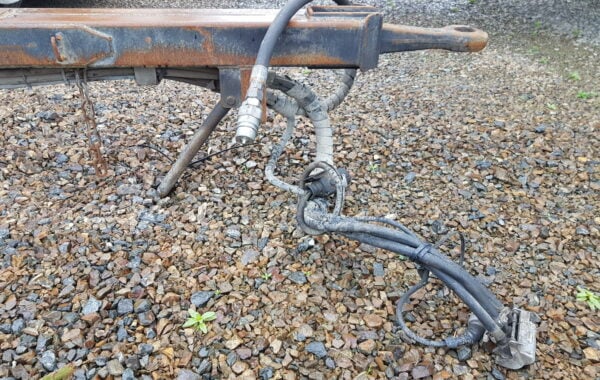
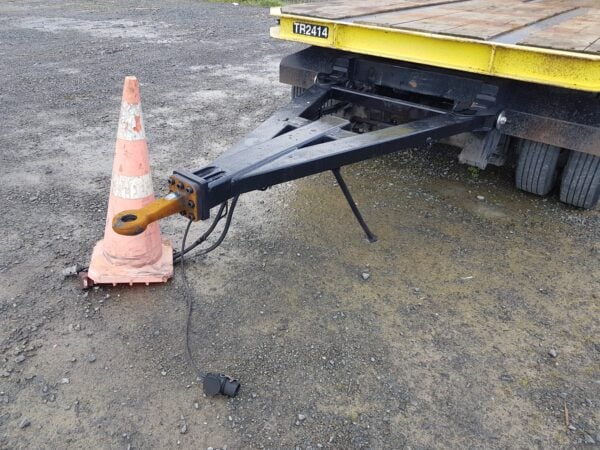
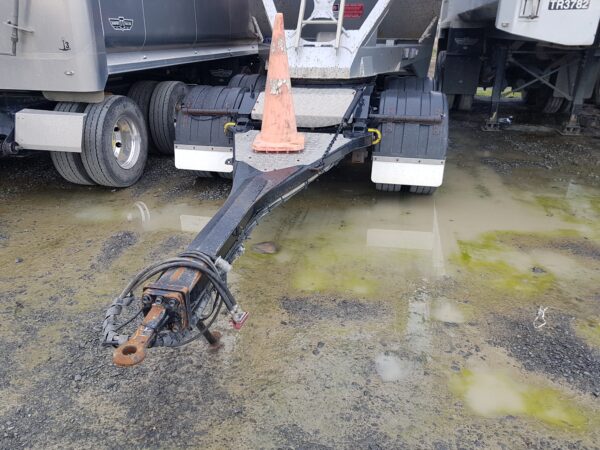
Damage to the drawbar
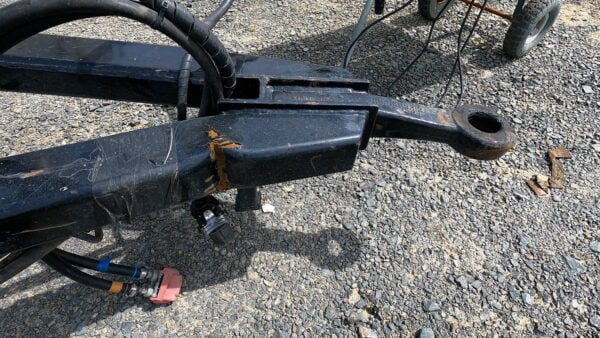
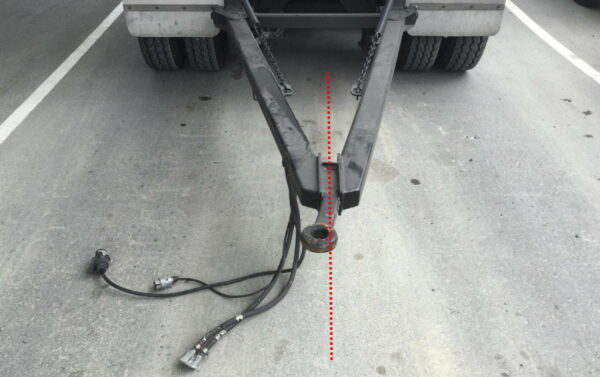
Bends like this are caused by jackknifing the trailer and it costs several thousand dollars to repair and recertify.
Jackknife sensors are available which can warn a driver before the drawbar is damaged.
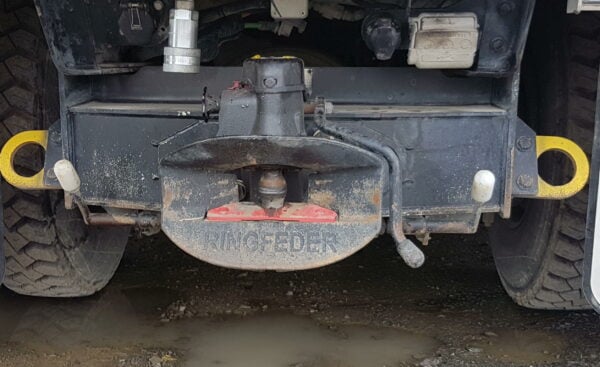
Damage to the funnel and other coupling parts
Backing in a trailer too quickly can cause damage to the funnel – the bit that guides the towing eye into the coupling.
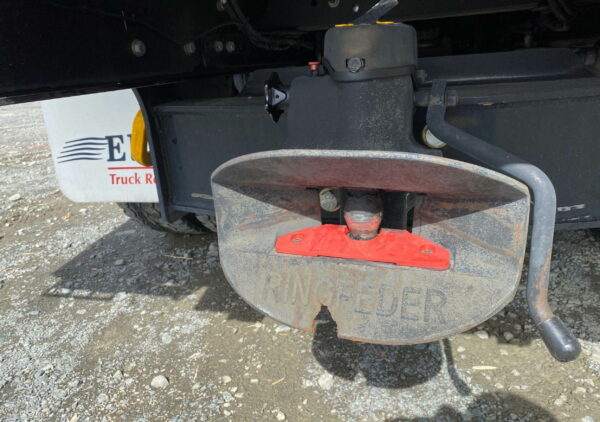
If the pin is dropped before the towing eye is inserted, damage can occur to the pin.
Damage to the towing eye
The towing eye wears over time, becoming wider. This is accelerated if you try to use a 50mm towing eye with a 40mm pin because it moves around a lot.
The towing eye can also be stretched if shock-loaded by dumping the clutch with a heavy load.
How to avoid damaging a drawbar coupling
- Make sure the pin is up before reversing in
- Make sure the towing eye lines up with the funnel
- Reverse towards the drawbar slowly
- Keep cables and air lines off the ground and out of the way when coupling
- Don’t over-extend the trailer coupling while jackknifing the trailer
- Don’t shock-load the coupling
- Maintain the coupling
- Don’t use a 50mm towing eye with a 40mm pin

